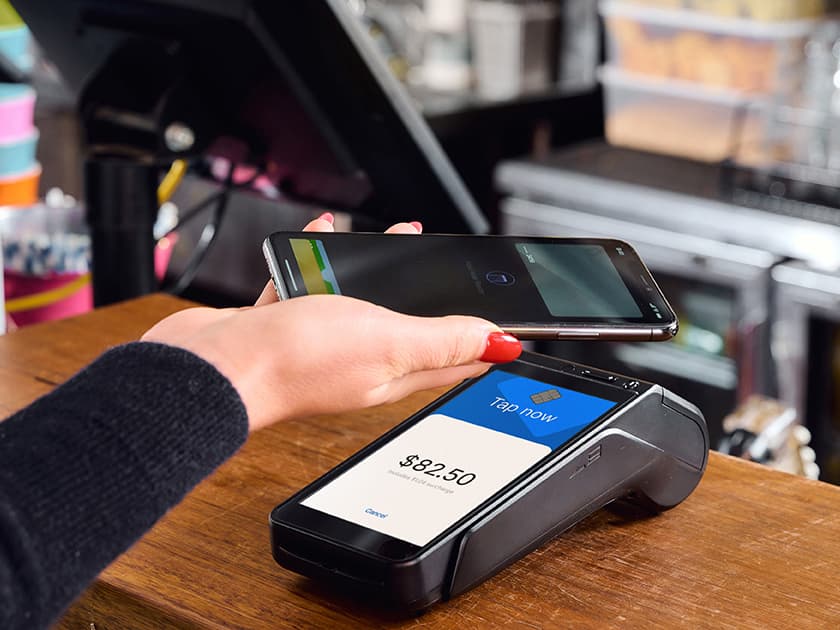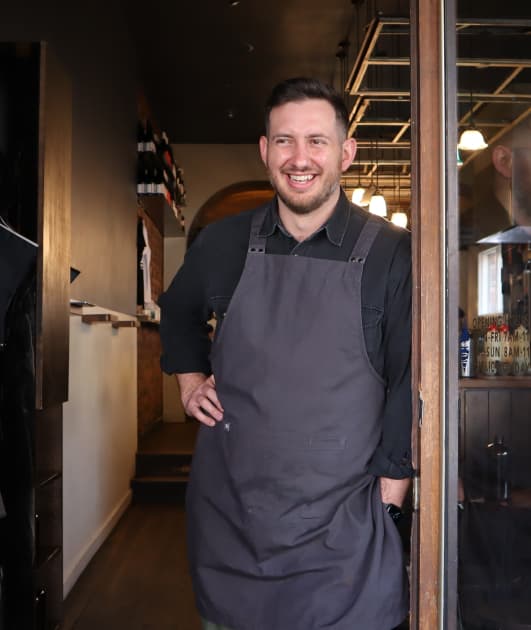
- Business Growth & Optimisation
A Lesson in Hospitality from Melbourne's Little Italy
Discover 6 expert tips to run a successful café-bar.
Heartattack and Vine is situated at the village end of Lygon Street, where most shops and restaurants are owner-operator businesses. Nestled amongst stalwarts Tiamo, Brunetti and DOC, Heartattack and Vine is an iconic Melbourne venue in its own right — but it hasn’t always been this way. The owners had their work cut out for them when they first opened doors.
It took some time for the tight-knit community to accept these newcomers into the fold, which co-owner Nathen Doyle describes as “a really pivotal moment in our business, as we went from the new kids on the block to feeling like we were a part of the iconic Lygon Street”.
We sat down with Nathen to talk about what he’s learned over the past eight years, running Heartattack and Vine.
1. Human interaction is key to hospitality
Before opening Heartattack and Vine, Nathen worked with his original business partners at a Minor Place and Wide Open Road. It was here that he learnt the importance of building a community, and he brought those learnings with him to his new venture on Lygon Street.
“We really wanted to break down the interaction between customers and workers and bring a sense of a shared space. We didn’t have menus when we first started out – you had to come up and chat to us, and part of that was to increase that human interaction with one another,” he says. “Obviously, we’ve had to put in systems over the years to adjust this model ever so slightly, but the main core is still there.”
Human interaction isn’t limited to front-of-house service; at this all-day espresso and cicchetti bar, it’s important for each member of the team to have face-to-face contact with customers.
“I also wanted people to come in and not know who was the barista, the chef, the bartender — because everyone was doing everything. The feeling was meant to be that anyone can serve you, and I like the idea of breaking down conventions in that space and being a bit more organic.”
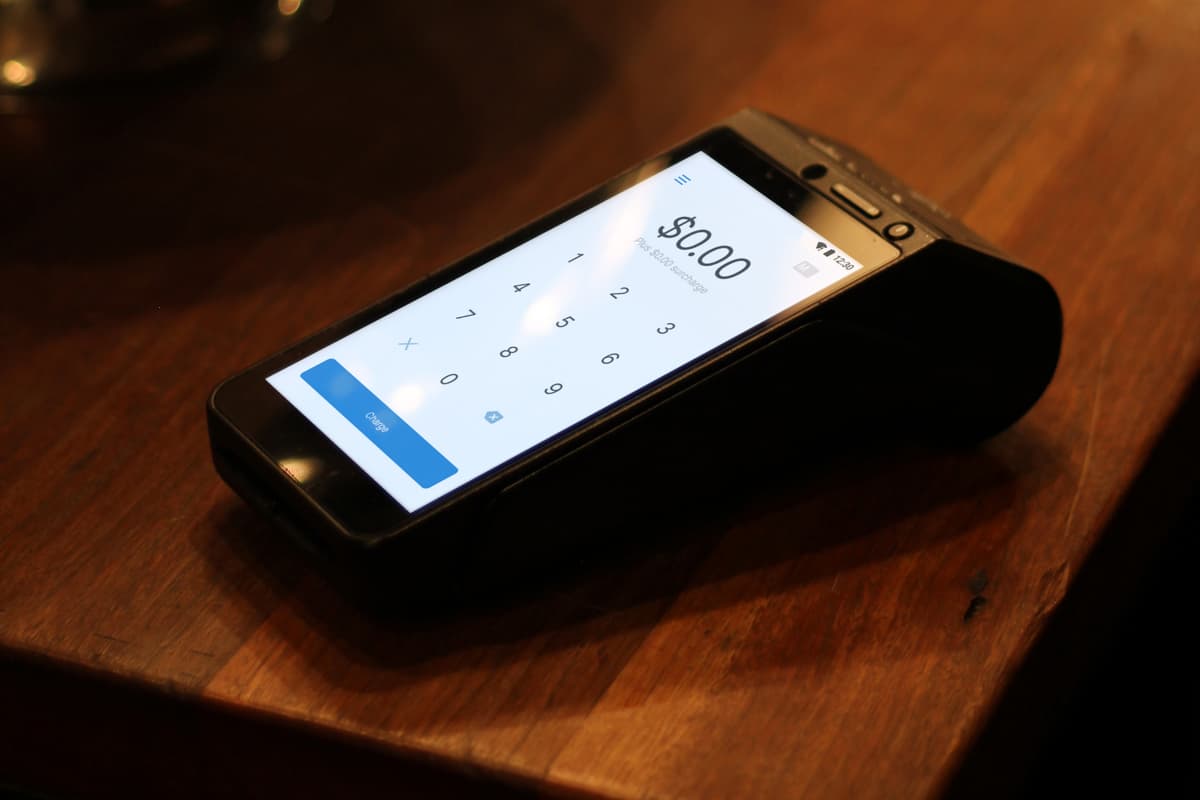
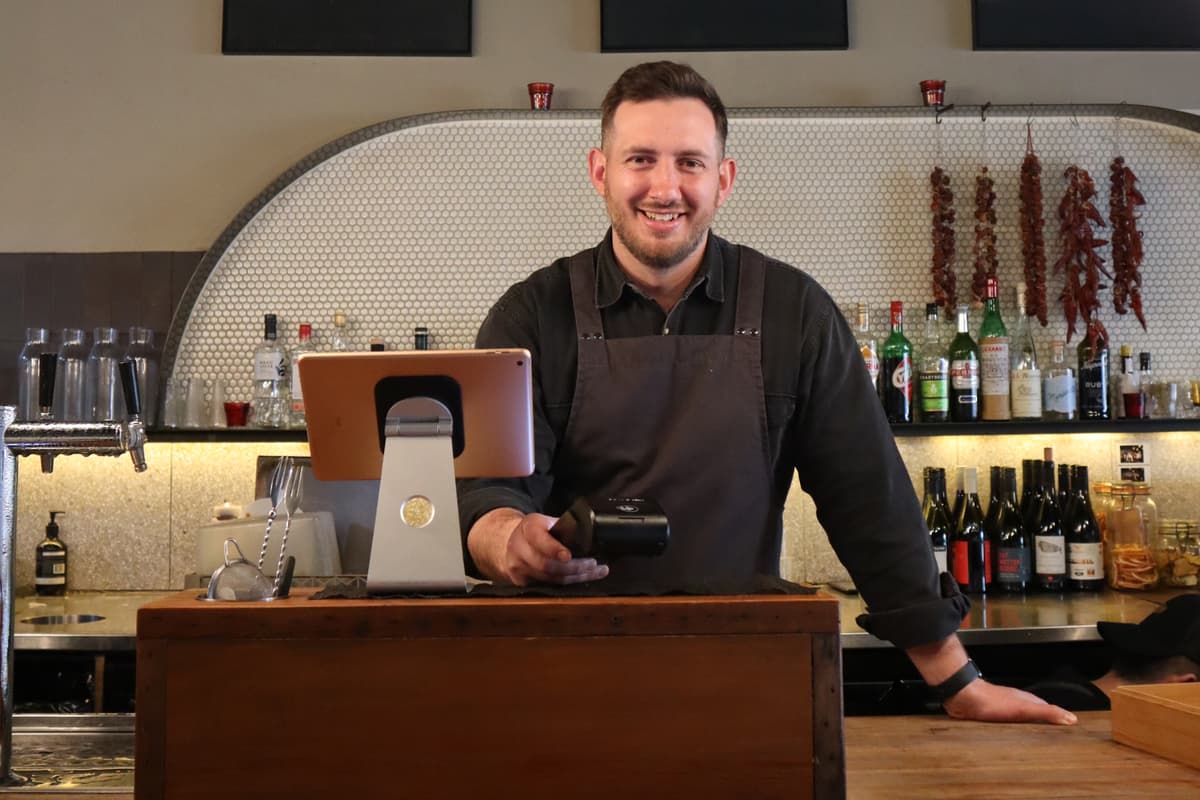

With every member of staff expected to process transactions and provide exceptional service, having an easy-to-use EFTPOS system is key to seamless service. For that, the team relies on Zeller.
“It’s been so much simpler since working with Zeller, from the customer interface and staff usability, to the fast tech support and cash flow. The transition has been so much better than we could have imagined!” says Nathen.
2. Make customers feel welcome
Whether you’re working on a laptop, on a date, out for wine with friends, or taking Grandma for lunch, the Heartattack and Vine team are experts at making customers feel at home. This, Nathen explains, is the Italian approach to food and hospitality in general.
“There can sometimes be a financial transaction that happens in hospitality that can dehumanise people behind the bar, and make everyone through the front door feel like a dollar sign. That transaction doesn’t happen in Mediterranean countries. There’s just food, and ‘come in and enjoy the space’ vibes,” Nathen explains.
“It’s not just about the food, it’s about the culture and how you feel in the space."
The team does this by letting the customer lead the interaction. There’s no need for a sales pitch, and definitely no time limits.
“For example, you can come in and enjoy a cup of coffee and we’re not going to bother you. People are coming here to spend ‘me time’ for themselves; it’s kind of a sacred time for everyone . We say ‘come in grab a seat wherever you can fit in, get what you want, come up and order whenever you like – this is your space’. This time is just for you and you use it however you want to use it. We’re not giving you a uniform way to be here.”
“The product we’re selling is a feeling, an experience.”
3. You can’t do everything
Small business owners often wear many hats but, as Nathen says, it’s not a one-size-fits-all job.
“I’ve learnt that you can’t do everything. You are not good at everything. You’ve got to find the people around you who can support you on the things you’re not good at,” Nathen says.
“We’ve got a great team: my business partner, the venue managers, our team of chefs and our front of house team. There is a spectrum of jobs that need doing to keep the business moving forward. Often, others are much better than you in a range of these areas and in most cases they like doing them more than you do.
It’s important to relinquish total control, and give space for others to grow around you. It also means you can focus on the roles you’re good at and bring you joy. I’ve kind of taken on the role here of championing the brand, whereas my business partner Matt does much more of the back end stuff. It works really well!”
4. Be genuine in your offering
“What I love about hospitality is that it’s a form of art, it’s an expression. And the more it becomes monopolised, the expression becomes dilute. So in that sentiment, understand yourself, understand what makes you tick, and bring that into the world.”
Despite being situated in Melbourne’s own Little Italy, there’s no pizza or pasta on the Heartattack and Vine menu. Instead, the focus is on specialty sandwiches, coffee and Venetian-style ‘cicchetti’ — snacking plates.
“We’re not conforming to the rest of the street. We get so many people coming in asking us if we do pasta or pizza, simply because we’re on Lygon Street. They didn’t come in looking for us, but they decide to stay, and are pleasantly surprised by their whole experience.”
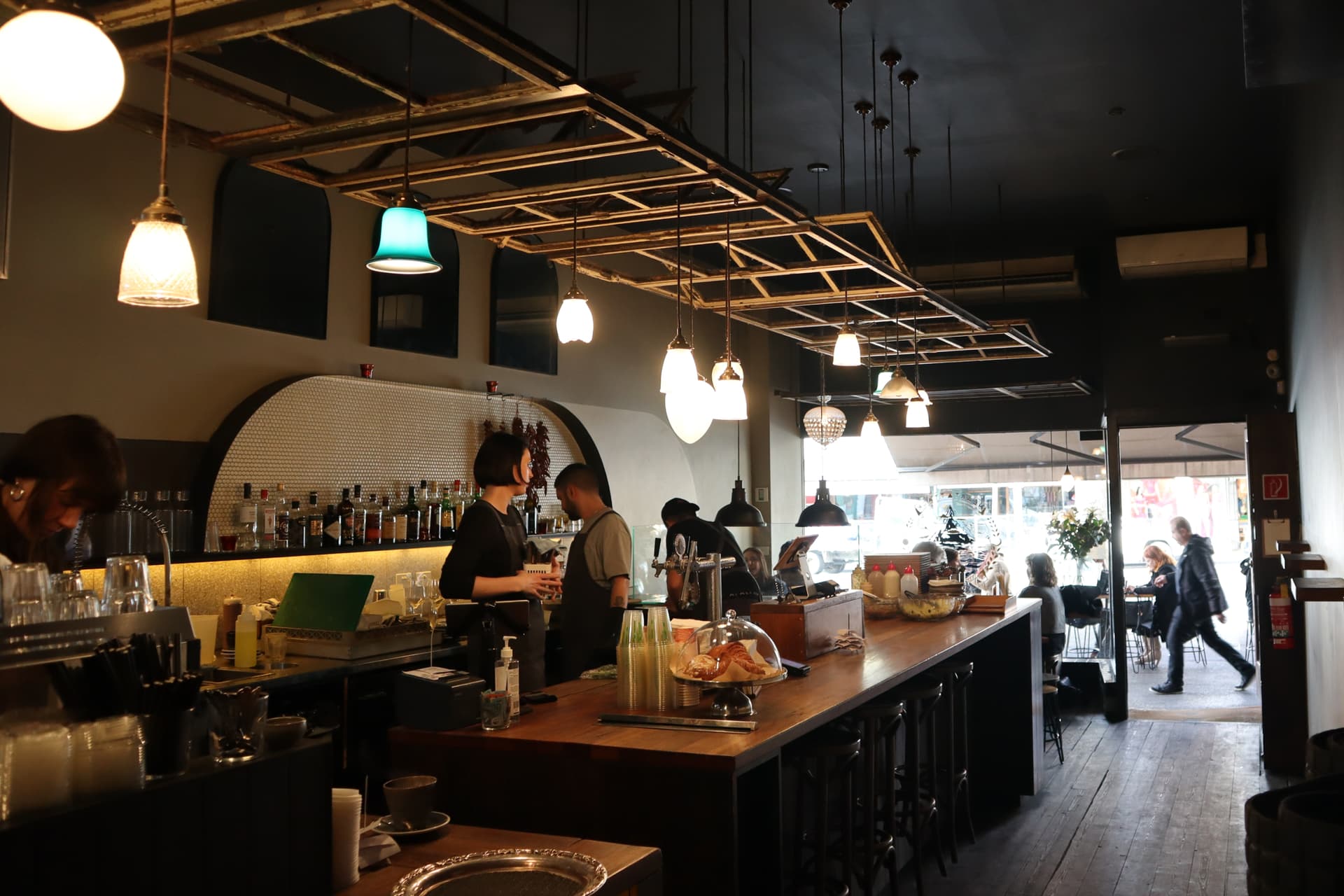
It’s valuable advice for all business owners — not just those in hospitality.
“If you’re opening a business just to make money and to fill a hole in the market, it will only last for as long as there’s that hole. You have to be really passionate about what you do – it’s a lot of work once you get started.”
5. Pick your location wisely
Location can make or break a business — even in densely populated areas like Carlton, Melbourne. As Nathen explains, you’ve got to think about the type of customers you want to attract.
“I think this location is perfect. If we were at the other end of Lygon Street, we’re not sure if it would work. Areas we were looking at were Lygon Street, Flinders Lane… areas where people can catch a quick dinner and a show. I think what works well with this location is that we’re an integral part of the community,” says Nathen.
“This end doesn’t draw as much of the tourists who are floating up from the city. I was actually quite shocked by that when I moved in. I thought this was a bustling street where you could put any type of restaurant here and it would work, but that’s definitely not the case. A McDonalds wouldn’t work, and didn’t when they tried years ago. We definitely service the community around here and that’s why we fit in so well.”
6. Staff for a reason, not just a season
Staffing issues are rife, impacting all types of businesses across Australia. However, thanks to smart hiring tactics and an impressive retention rate, Heartattack and Vine have fared better than most.
“We have a great culture, and I feel like we’ve maintained our staff because of that. We managed to keep our whole team from the beginning of lockdown until the end,” says Nathen.
“The reality is that it’s the simplest of things that work the best. We post on platforms like Seek and Scout, but what happens is often the best people are the ones that have done their research and come here when they know they want a job specifically with us. We’re not threadlike, we’re fast paced, and dynamic in what we do. The team has to wear several hats at once. You’re not just a barista — you’re a barista, a dishwasher, a chef, a manager, a bartender, a server.”
When it comes to hiring new staff, Nathen’s top tip is to hire for enthusiasm and culture fit.
“We’re really just focusing on people that want to be here — rather than just getting in anyone. We look out for our team and the ability for the team to support each other. We’re like a family.”
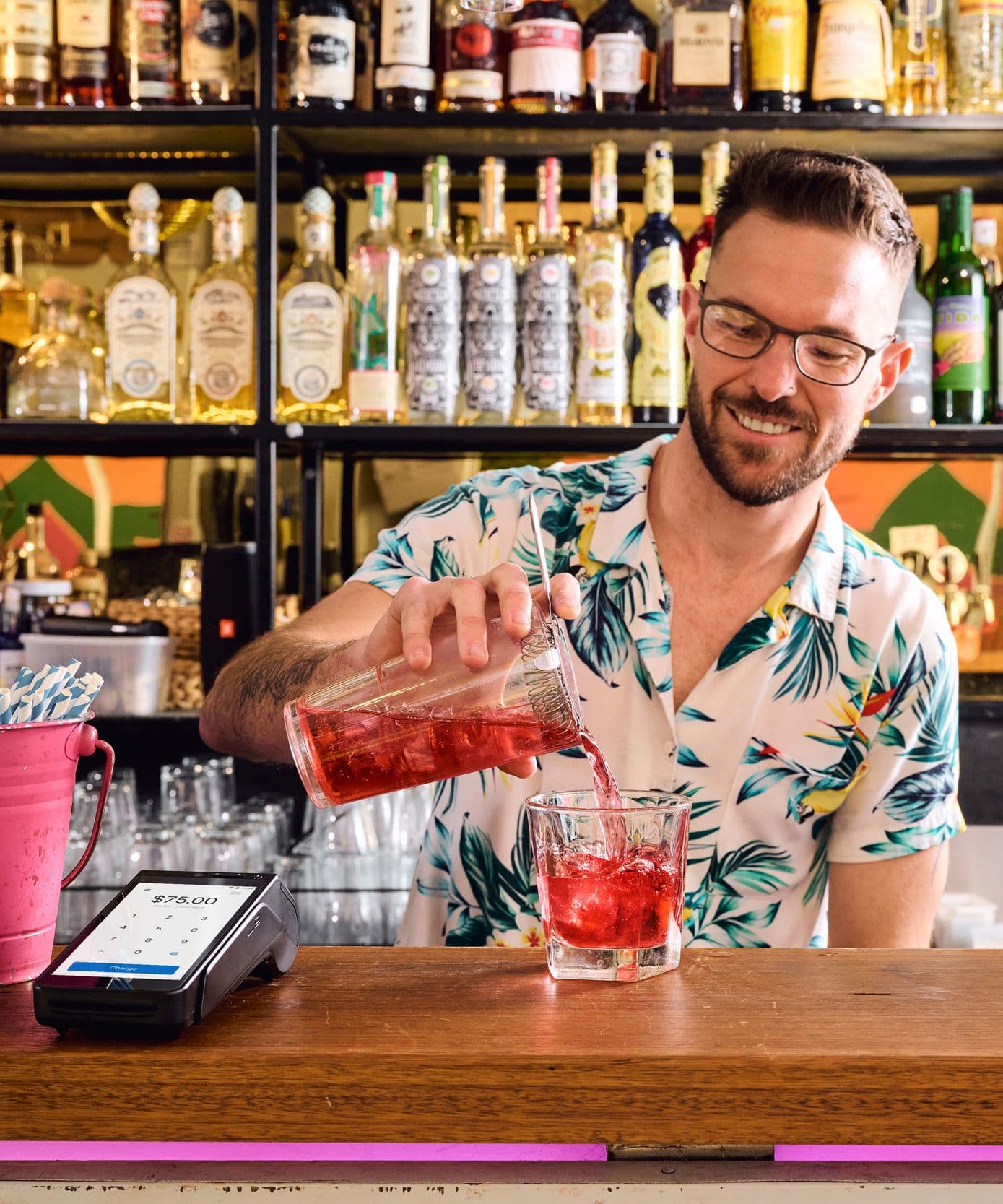
Let us help your business grow.
Zeller Sales is here to help you succeed.
Leave your contact details and we’ll be in touch soon.
By sharing your details with us, we may contact you from time to time. We promise we won’t bug you — and you can unsubscribe from communications at any time.


